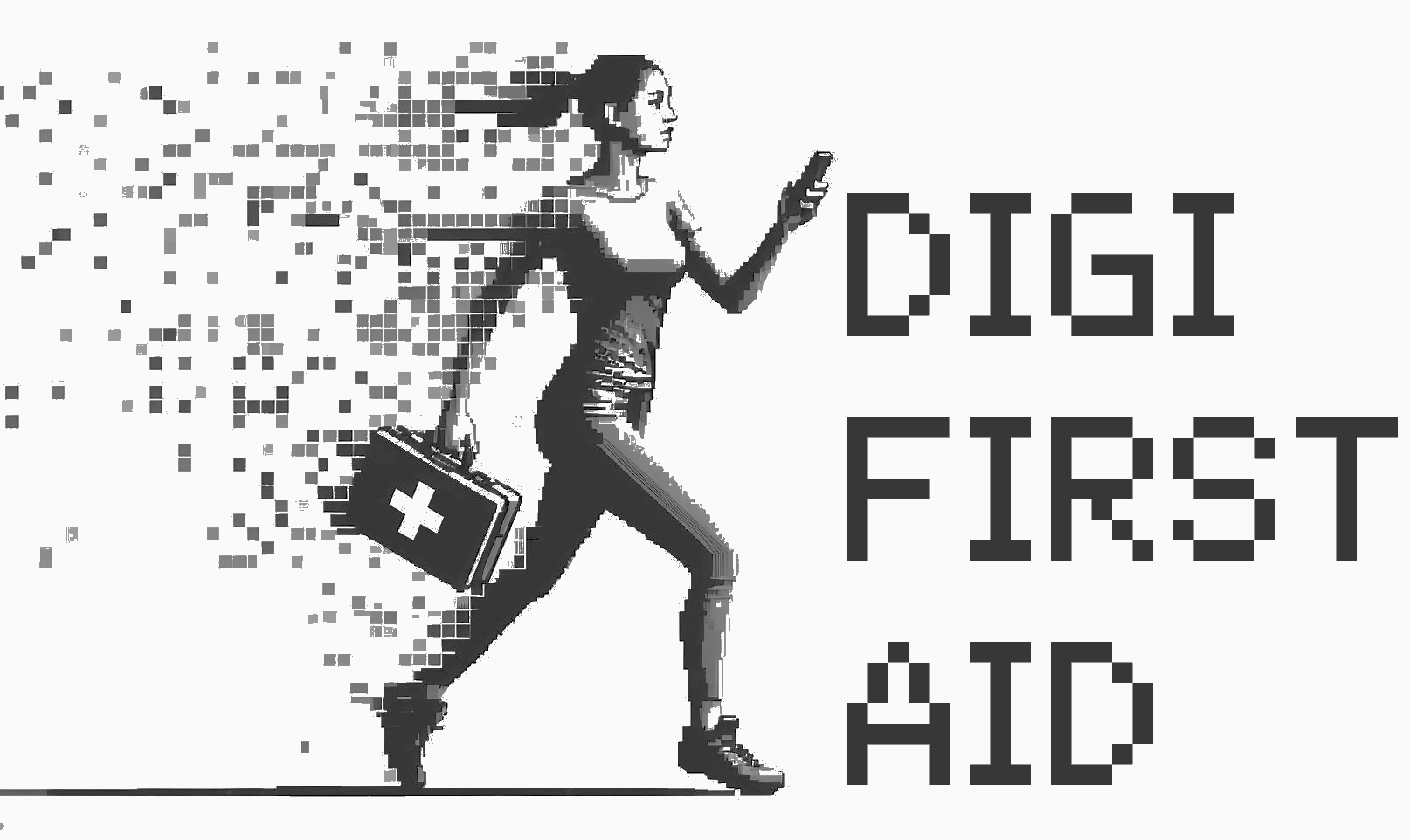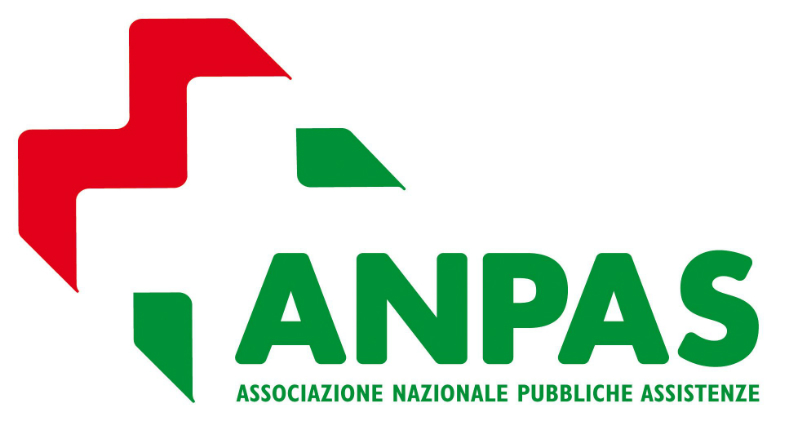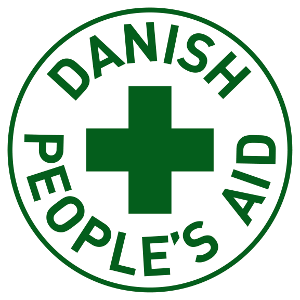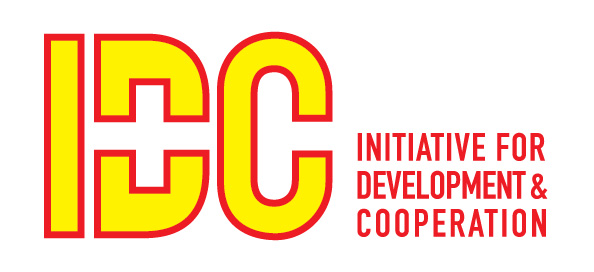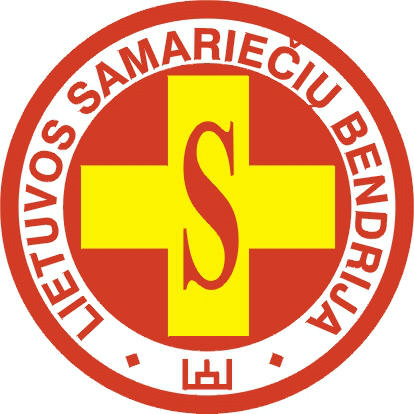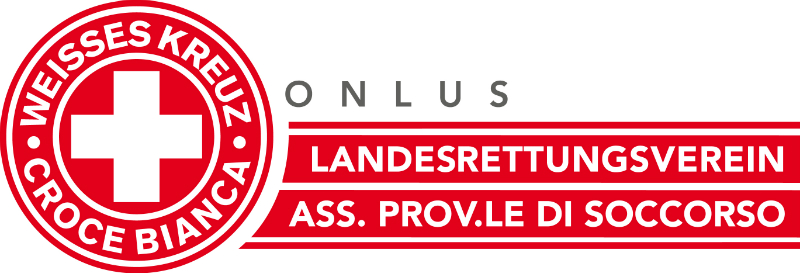Practice report: Attempts of teaching first aid semi-digitally in Latvia 
Posted on |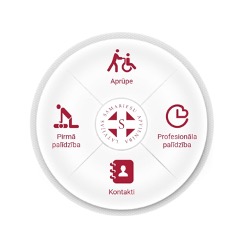
First idea about teaching first aid digitally was born around 9 years ago. At that time digitalization and learning on-line wasn’t as popular as it is today. Over the years, several attempts have been made to organize the acquisition of theoretical knowledge remotely so that the course participant could learn the subject at a convenient place and time, but due to various coincidences and obstacles, this method was not implemented.
Around year 2014 first brainstorming sessions was held about possibility to create a platform where people could learn theoretical part of first aid course on-line. The idea was that organization will develop a platform where people could register with their personal data so it would be possible to track what that person has already learned, for how many times etc. Then platform design sketches were made before developing a platform, because there were a lot of learning tools that should have been implemented. For example, multiple attention checks during learning, knowledge tests after every chapter, possibility to ask questions, different videos etc. At that time even the videography was partly done.

The problem that occurred was – there were not enough materials. In Latvia first aid education is regulated by Regulations of the Cabinet of Ministers No. 557 “Rules for training in first aid”. In this regulation is fixed certain time for each topic’s theoretical and practical learning. So after the videographing and putting learning material together organization came to the conclusion that there is not enough material and in this manner it cannot be made into qualitative on-line learning platform. The conclusion after analysing material length and hours that needs to be filled was that there is something that needs to be added to already existing material. Then all the first aid trainers were called together and received a task – to come up with frequently asked questions so the platform makers could also include these topics into the learning-system. But somehow it still did not work.
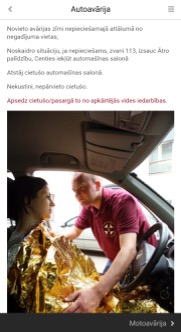
In 2019 the same idea came alive again. This time previous mistakes were taken into consideration and this time everything started with detailed plan. The task was to analyse the material that had been made previously, decide if that is usable and decide what needs to be added. Information about real life course duration and dedicated time for each theme was collected. And then it was time to plan duration of everything. X amount of minutes for theory, Y amount of minutes for demonstration and Z amount of minutes for knowledge and attention tests. When that was done, the next task was to write scripts of theoretical lectures including real life examples and answers to frequently asked questions. Now it was possible to fill in the needed time for each topic. But different difficulties appeared – the question now was – how do we know that the person is there and listening? How to hold the attention? Should we provide opportunity to move back and forth between the topics? These questions were never answered.Then in 2020 COVID 19 pandemic happened, and first aid training was shut down for a while. But to remind people of first aid and how important it is, during lockdown organization developed mobile app where people could briefly repeat and refresh their first aid knowledge. First aid guidelines and pictures were added to this app, so it is easier and more entertaining to browse through it.
When it was allowed to restore first aid courses, regulations stated that it is obligatory to provide theoretical part remotely. Since on-line meeting platforms gained extreme popularity, organisation also decided to use this strategy. Theoretical part was provided via “Zoom” but since practical part cannot be taught remotely, people had to come to practical part on-site. To make it easier for people, organisation developed on-line application form where people can choose preferred city, date and time when to take the course.
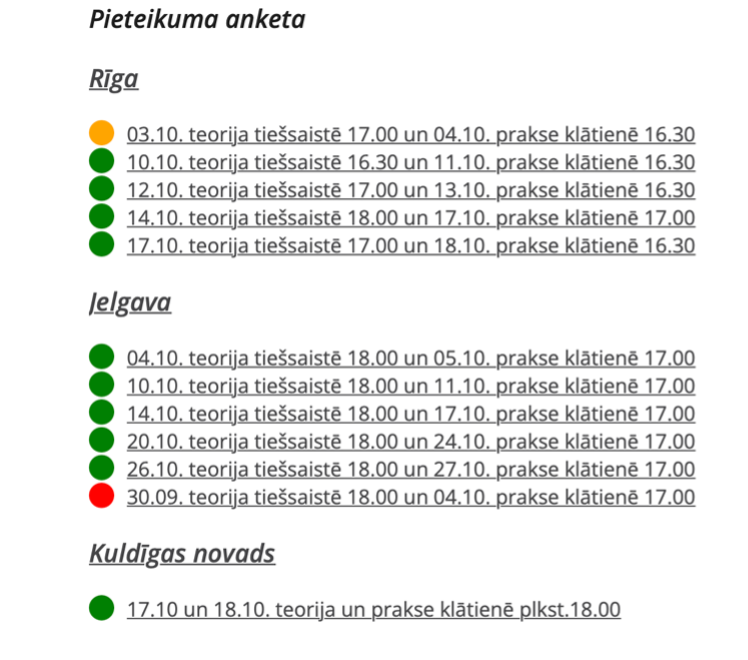
After applying to course automatic email has been sent to provide them with needed information about specifications, learning materials etc. so the learning process can be as smooth and valuable as possible.
As a result of this long trial and error process organisation has gained a lot of experience, knowledge and found a lot of different factors that needs to be taken into consideration when developing such platform for learning topic that includes many practical trainings.
